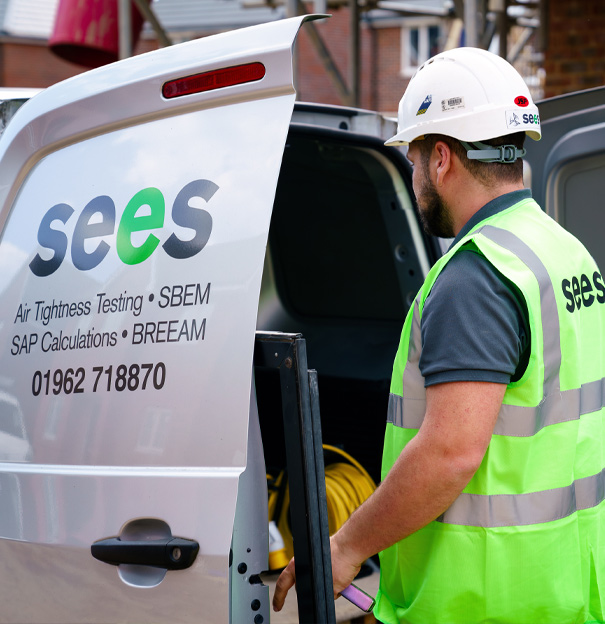
Services
Home > Services
Environmental
Compliance Services
Today, we take pride in offering a comprehensive array of services, including thermal modelling, overheating analysis, commercial air testing, passive house air testing, and environmental statements. Our commitment to sustainability is deeply ingrained in our business ethos, with our team serving as the cornerstone of our operations. We prioritise the well-being of both our team and clients, ensuring that we consistently deliver optimal outcomes.

Our Services
We take pride in offering a comprehensive array of services. Our commitment to sustainability is deeply ingrained in our business ethos, with our team serving as the cornerstone of our operations.
















